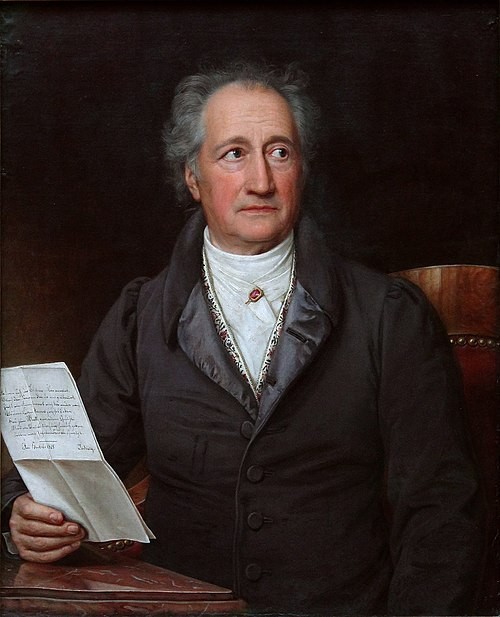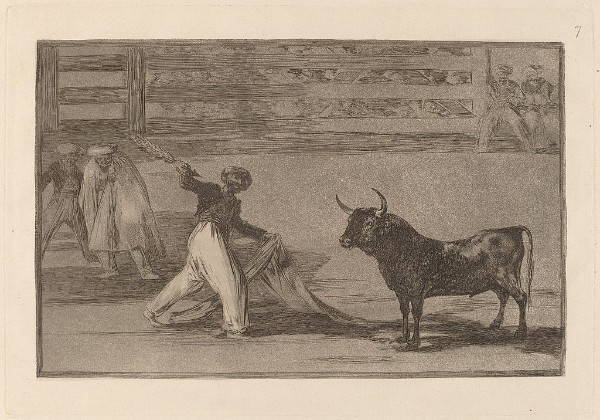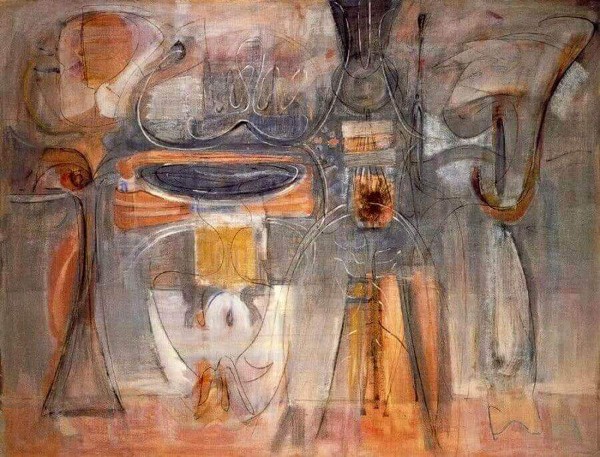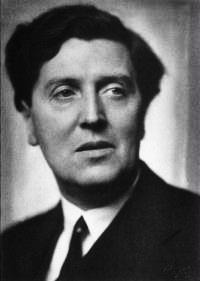
Alban Berg (1885-1935)
“It has also, my Hanna, allowed me other freedoms! For example, that of secretly inserting our initials, HF and AB, into the music, and relating every movement and every movement to our numbers, 10 and 23. I have written these, and much that has other meanings into the score for you….May it be a small monument to a great love.”
The program notes for the Quartet’s concert by Helen Sive Paxton, indicate that the entire composition is based “on various permutations of a four-note motive, B,F,A,B-flat – in German H,F,A,B, their initials” and “the two mystical numbers, 23 and 10, (Berg refers to them as ‘our numbers’) determine both metronome markings and measure numbers throughout the composition”. In addition, always referring to their love, Berg uses a fragmentary reference of a song by Zemlinsky (to whom the composition was dedicated) ‘Du bist mein Eigen’ (You are my own) as well as the opening of Wagner’s ‘Tristan and Isolde’, another story of impossible love, and a “translated setting of Baudelaire’s poem ‘De Profundis Clamavi’, described as an anguished statement of hopeless love”.
Alban Berg : Lyric Suite
Alban Berg Quartet
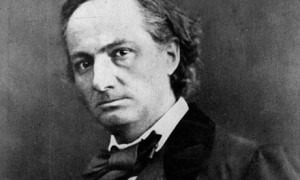
Charles Baudelaire (1821-1867)
In comparison to Baudelaire’s poem, Berg’s composition starts at least with some hope. The Latin title of Baudelaire’s sonnet translates as “From the Depth, I Call You (Oh Lord)” – Psalm 130. The first strophe reads:
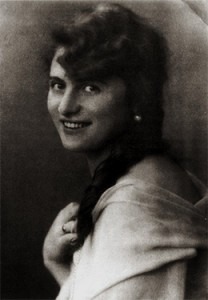
Hanna Fuchs-Robettin
(1896 -1964)
C’est un univers morne à l’horizon plombé/Oú nagent dans la nuit l’horreur et le blasphème;’
(I IMPLORE your pity, You, unique being whom I love/From the depth of the obscure abyss where my heart has fallen. It is a dreary universe with a leaden horizon/Where horror and blasphemy float in the night).
Similar feelings are expressed by Berg in a letter to Fuchs-Robettin in 1931, also quoted in the concert notes:
“…Not a day passes, not half a day, not a night, when I do not think of you, not a week when I am suddenly flooded by a yearning which submerges all my thought and feelings and wishes in an ardor which is not weaker by a breath than that of May, 1925 … only still shadowed by a grief which… rules me more and more, and which … has made me a double, or better-said, a play-acting person.”
Across the centuries, both artists, Alban Berg and Charles Baudelaire, musician and poet, use the inspiration of their ‘hopeless’ love and their personal experience to create enduring, sublime works of art.

